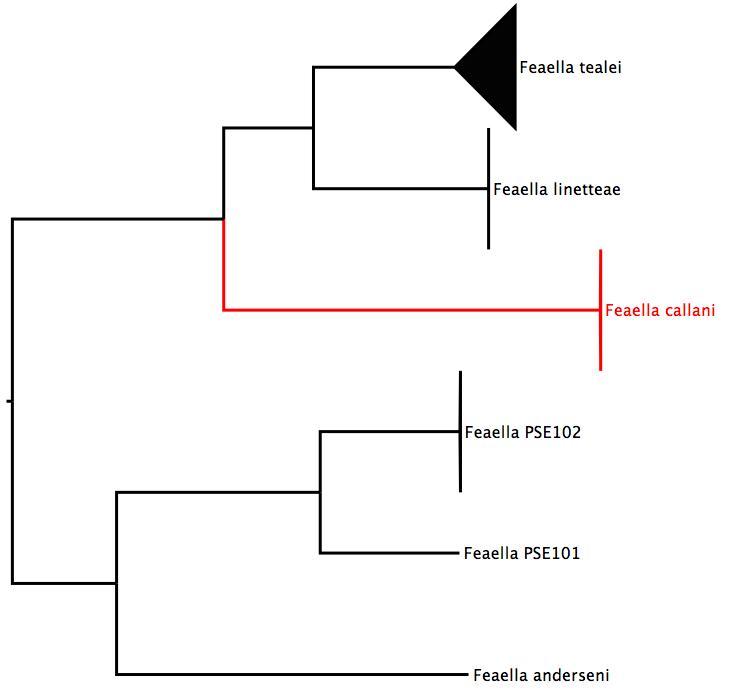Feaella callani
Pseudoscorpions are small arachnids that resemble scorpions with their grasping pincers (pedipalps). However, they lack the distinctive stinging tail of scorpions, and instead have a pear-shaped body. The full species diversity of pseudoscorpions is unknown, and the Western Australian Museum is a major contributor to describing species and resolving relationships in this poorly understood group.
Morphology
This small pseudoscorpion (ca. 2 mm in length) differs from other Pilbara species of the same genus in slight differences in the shape and size of the pedipalps and abdominal tergites.
Evolution
The Feaelloidea are a superfamily of Pseudoscorpiones whose relationships are unresolved, but they may be sister to all other pseudoscorpions except Chthonioidea. The genus Feaella has been found in Africa, India, South America and Australia, and a Tertiary species was recently described from Baltic Amber deposits. In Australia, there are four described species of Feaella. Feaella andersenii is found in the Kimberley region of Western Australia. In the Pilbara region, there are five sites where Fealla have been found, which represents three new species; F. tealei, F. callani and F. linetteae.
Method of reproduction
Sexual
Habitat
Terrestrial
Under and among rocks and boulders on southern facing cliff and gorge faces.
Distribution
This species is a short range endemic (range less than 10,000km2) found in the Pilbara, near Newman.
| Kingdom: | Animalia |
|---|---|
| Phylum: | Arthropoda |
| Class: | Arachnida |
| Order: | Pseudoscorpiones |
| Superfamily: | Feaelloidea |
| Family: | Feaellidae |
| Genus: | Feaella |
| Species: | callani |
| Name Published Year: | 2016 |
|---|---|
| Rank: | species |
| Scientific Name Authorship: | Harvey, Abrams, Beavis, Hillyer and Huey |
| Commercial Impact: | None |
| Conservation Assessment: | Least Concern |
Phylogenetic Tree:

Cite this page
Western Australian Museum Collections https://museum.wa.gov.au/online-collections/names/feaella-callani
Accessed 22 Dec 2025
Rights
We support the open release of data and information about our collections.
Text content on this page is licensed under a Creative Commons Attribution 4.0 International License.
Image content on this page is copyright WA Museum.


